Lincoln Continental & Premiere: Classic
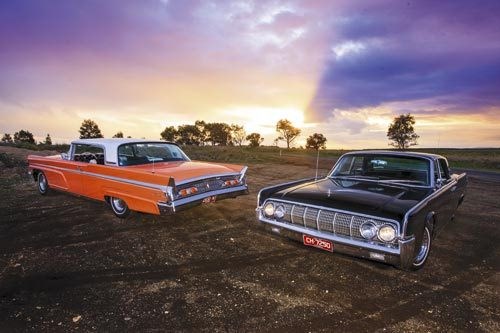 Classic: Lincoln Continental
Classic: Lincoln Continental

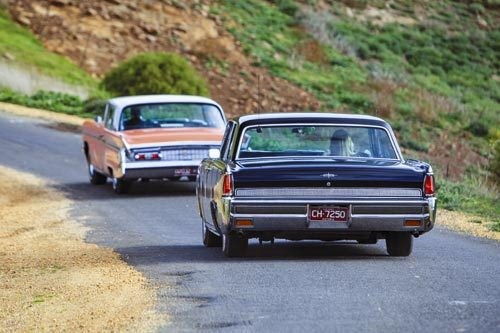 Classic: Lincoln Continental
Classic: Lincoln Continental

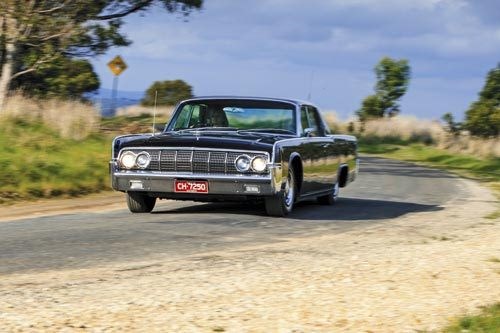 Classic: Lincoln Continental
Classic: Lincoln Continental

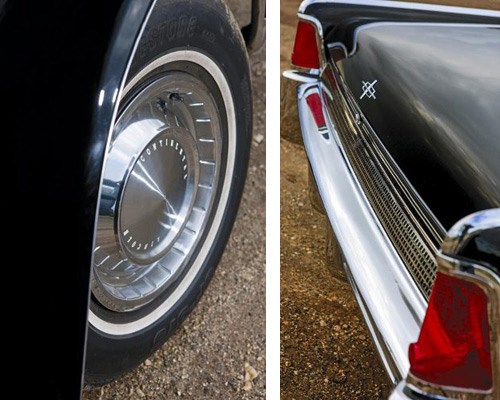 Classic: Lincoln Continental
Classic: Lincoln Continental

 Classic: Lincoln Continental
Classic: Lincoln Continental
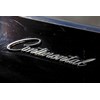
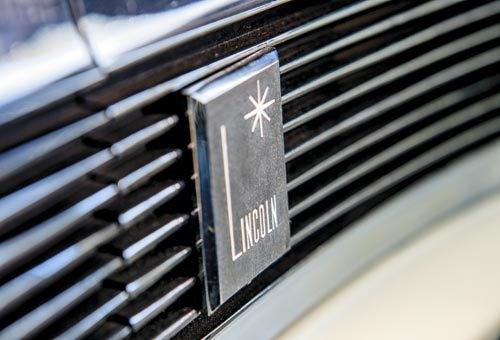 Classic: Lincoln Continental
Classic: Lincoln Continental

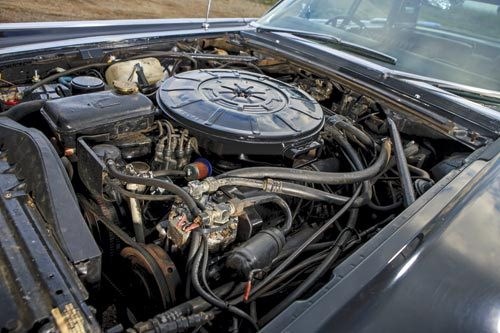 Classic: Lincoln Continental
Classic: Lincoln Continental

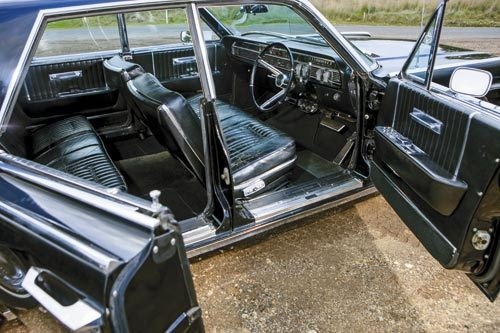 Classic: Lincoln Continental
Classic: Lincoln Continental

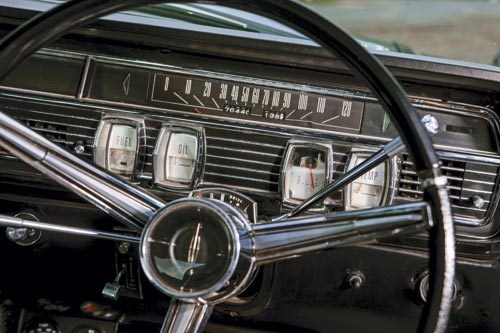 Classic: Lincoln Continental
Classic: Lincoln Continental

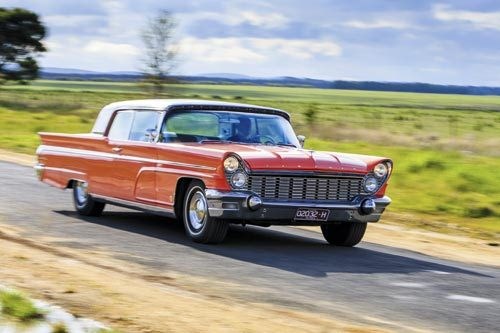 Classic: Lincoln Continental
Classic: Lincoln Continental

 Classic: Lincoln Continental
Classic: Lincoln Continental

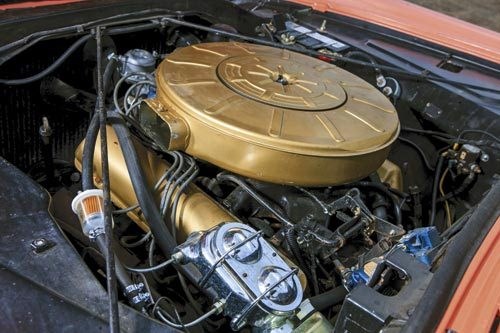 Classic: Lincoln Continental
Classic: Lincoln Continental

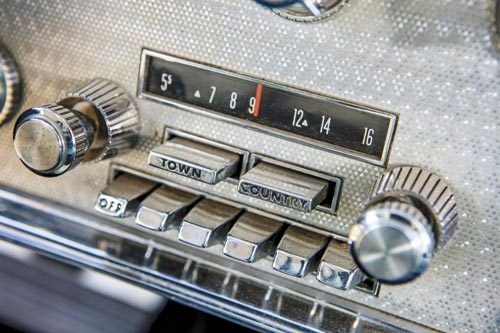 Classic: Lincoln Continental
Classic: Lincoln Continental

 Classic: Lincoln Continental
Classic: Lincoln Continental
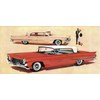
 Classic: Lincoln Continental
Classic: Lincoln Continental

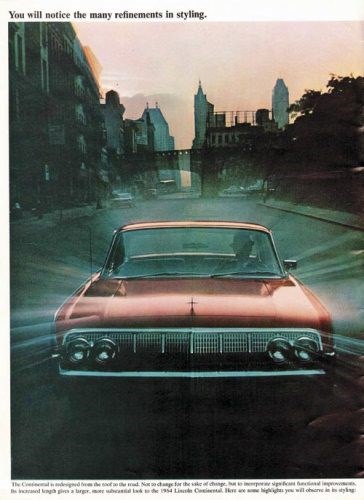 Classic: Lincoln Continental
Classic: Lincoln Continental

 Classic: Lincoln Continental
Classic: Lincoln Continental
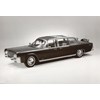
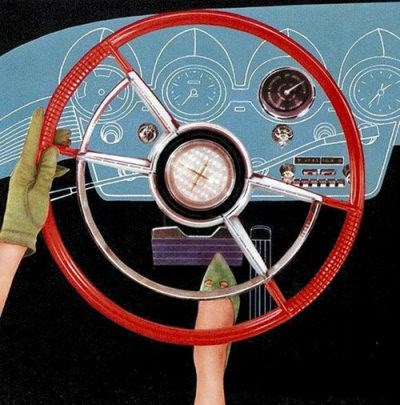 Classic: Lincoln Continental
Classic: Lincoln Continental


|
|
Classic: Lincoln Continental
|

|
|
Classic: Lincoln Continental
|

|
|
Classic: Lincoln Continental
|

|
|
Classic: Lincoln Continental
|

|
|
Classic: Lincoln Continental
|

|
|
Classic: Lincoln Continental
|

|
|
Classic: Lincoln Continental
|

|
|
Classic: Lincoln Continental
|

|
|
Classic: Lincoln Continental
|

|
|
Classic: Lincoln Continental
|

|
|
Classic: Lincoln Continental
|

|
|
Classic: Lincoln Continental
|

|
|
Classic: Lincoln Continental
|

|
|
Classic: Lincoln Continental
|

|
|
Classic: Lincoln Continental
|

|
|
Classic: Lincoln Continental
|

|
|
Classic: Lincoln Continental
|

|
|
Classic: Lincoln Continental
|
Sharing little bar their badge, these two continentals illustrate Lincoln's shift in philosophy in the late-'50s

|
|
Classic: Lincoln Continental
|
Lincoln Continental
CONTINENTAL SHIFT
This is a tale of two Lincolns: Utterly different in philosophy, size and ambition yet, to the confusion of buyers, one followed the other. Today, the 1961-65 Continental is recognised as one of the great designs of the ’60s, an instant classic, while the earlier 1958-1960 Lincolns and sister Continentals are seen as the ultimate ‘land yachts’; wonderfully extravagant baroque designs, yet also commercial failures that led nowhere.
Their complicated stories – how they came to be – reflect the internal struggles and uncertainty of product planning within FoMoCo at the time, and provide the final two chapters in Lincoln’s post-WWII search for a successful identity and image.
In 1955, when Lincoln made the fateful decisions that dictated how 1958 models looked and were built, General Manager Ben Mills insisted the new car should offer significantly more interior room than archrival Cadillac and "fresh individuality" in its styling. John Najjar, Chief Stylist for Lincoln/Continental division in 1956, took this to mean the ’58 would be lower, longer, wider, and somehow more dignified and beautiful than Cadillacs.
Najjar told the now-sadly departed Special Interest Autos magazine, "They (management) set very high objectives for the car. It must continue to have dignity, be elegant, smart-looking, and take sales from Cadillac. Cadillac had bulbous heavy surfaces, and they want to make this new car reflect a lean, hungry look: Light and airy. We want the [Lincoln] driver to be able to see all four corners. We wanted to achieve a design that was easily recognisable from front or rear."
Planning originally called for the ’58s to be built on the traditional body/frame but Earle MacPherson, then Vice President of Engineering at Ford (and the father of the MacPherson strut suspension), insisted the all-new model should be unitised, despite a general belief at the time that unitary construction only worked successfully on small cars. Nobody knew where the crossover was and the planned Lincoln was far bigger than any previous unitary car. The idea was for the Lincoln to share Ford’s new ‘greenfield’ Wixom, Michigan, plant with the equally new 1958 Ford Thunderbird, which the engineers believed had to be unitised to allow for an extremely low roof.
Building the new plant only made sense if both the Lincoln and T’bird were unitary.
Creating a truly new car in a new plant was obviously going to generate problems. The ’58 Lincolns introduced the 430ci version of Ford’s new MEL engine family – Mercury, Edsel, Lincoln – that survived in the Continental until 1965. Predictably, there were problems with a lack of body rigidity on the early engineering prototypes. Strengthening the floor pan and cowl added weight and there were assembly complications, water leaks and electrical system failures that were only corrected when the car was in production. Ironically, though one early concept specified MacPherson strut front suspension, MacPherson himself didn’t push the idea. Eventually the engineers settled on long and short arm front suspension with coil springs all ’round, in part because they could accommodate the planned air suspension, a short-lived experiment that didn’t make it to the production line.
Initially, Ford wanted to build independent Lincoln and Continental ’58 models, but the commercial failure of the beautiful 1956-57 Continental Mark II saw the previously autonomous brands merged, with Continental sitting atop the Capri and Premiere within Lincoln’s expanded range.
The original inspiration for the ’58’s styling was a quarter scale, remote controlled model called "La Tosca", created by Alex Tremulis, then-Head of Ford Advanced Design. At first the wheelbase was set at 126-128in (3200-3250mm), but to beat Cadillac it was soon stretched to an immense 131in (3327mm). The major styling difference between the two Lincoln lines and the Continental – it was officially the Mark III, the ’59 Mark IV and the ’60 Mark V – was the reverse-slant rear window that opened down into the body and borrowed an idea first used on the 1957 Mercury Turnpike Cruiser.
For ’59 and ’60 Lincoln simplified the styling. For 1959 the concave sculpturing of the front fenders was extended into the front doors and reduced to a crease. The grilles were integrated with the slanting quad headlights and the front bumper ends completely changed. A lower compression ratio reduced power from 375 to 350bhp and a Carter four-barrel carby replaced the Holley four-barrel. Body improvements were many, most aimed at adding reinforcement and better noise insulation.
For 1960 there were more changes, so many that no two body panels are interchangeable between the ’59 and ’60. The designers changed the front bumper again so that it lost the wings and the grilles. However, the biggest design revolution was the instrument panel. The ‘television screen’ was replaced by four pods containing the gauges and the heater/air conditioner units. The other significant modification was the return to leaf springs for the rear suspension, apparently to improve braking. Horsepower dropped further to 315bhp with a Carter two-barrel carb.
For all Lincoln’s size and ambition, Cadillac remained ever more dominant in America’s luxury car segment. Production totaled 25,871 for the 1958 model year (Cadillac 125,501), 30,375 in 1959 (Cadillac 138,527) and just 20,683 in 1960 (Cadillac 158,944). This after Lincoln had produced 41,123 vehicles for the 1957 model year.
Management had already approved an evolutionary design for the 1961 Lincoln that retained the same basic dimensions as the ’58-’60 models when, in August, 1958, Robert McNamara – soon to become Ford’s President and only months later US Secretary of State under President John Kennedy – saw and liked an elegant proposal for the next Thunderbird. Ironically, this 1961 Thunderbird design concept was styled that way because George Walker, Ford’s Vice President of Design, decided he wanted a Continental-inspired Ford Thunderbird.
Designer Elwood Engel later remembered McNamara asking, "I wonder what this would look like if it was a Continental?"
Remembering reaction to the ’58-’60 models, Engle told designer Najjar, "I want a clean car – no garbage. I want two vertical blades with the greenhouse nestled in between." During the design process the cabin above the waistline was always referred to as the "Continental greenhouse".
After management abandoned the previous ’58-’60 package dimensions, the two-door Thunderbird was converted to the Lincoln’s four-door package, "And that’s how it was bought [by management] hook, line and sinker, with hardly any changes," said Engel. The only early engineering requirement was to use the Thunderbird’s structural area around the cowl (firewall), which dictated the Continental’s width and meant the two new models could be assembled on the same line.
The new Continental, built on a 123in (3124mm) wheelbase – the two-door ’61 T’bird was 113in (2870mm) – was offered either as a four-door thin-pillar sedan or a then-unique four-door convertible and in just one, high-level trim. This allowed the two styles to share the same interiors, novel rear ‘suicide doors’ and all the sheetmetal below the car’s waistline.
To confirm the new model’s build quality, each 1961 Continental was road tested for 12 miles (19.3km) on public highways, with no interior installations except for the driver’s seat, so that any noise from the mechanicals was exaggerated. Even before this trial each engine was given a three-hour "hot" test, including part at 3500rpm or 98mph (158km/h), and each automatic transmission a half-hour "hot" test. This impressive dedication to quality enabled Lincoln to offer America’s first two-year, 24,000-mile warranty.
At launch the Continental was instantly recognised as a tasteful classic, its simple, clean slab-sided design a totally elegant contrast to the vastly bigger and more flamboyant Cadillac and Imperial competition. Lincoln, in no hurry to make any major changes to the design, retained the basic body shell through 1969. For 1962 the high front bumper bar was changed to a more conventional unit and the grille switched to a rectangular eggcrate texture. More sound deadening made the car even quieter. For 1963 change was limited to adding five Continental stars to the framed portion of the rear of the car and, finally, a four-barrel carburettor replaced the two-barrel used in 1961-62. The sedan also received the flared aluminium drum brakes previously limited to the heavier convertible.
For 1964 – the car in our photographs – the facelift was more extensive. Unhappy with the narrowness of entry to the rear seats, the wheelbase was extended by 3in (76mm), all of which went into improving access, though it also made a bigger boot possible. In styling terms, the biggest change was the move to flat side glass in place of the previously more costly-to-build curved windows, a controversial move that one Ford designer claimed, "didn’t look right, especially from three-quarter view. The car was just not designed for flat side glass." The new fine-bar grille theme was repeated in the interior. For ’65 disc front brakes appeared for the first time. In 1966 the car was reskinned and given a more curvy shape that remained obviously a Lincoln. Facelifts continued until this generation Continental was replaced by the all-new and bigger body-on-frame 1970 model that survived for a decade while retaining many of the visual themes established on the ’61 model.
If Ford was disappointed at the public reaction to the beautiful ’61 – production rose from 24,820 in 1960 to 25,164 the following year – management came to appreciate that the on-going design consistency helped push production to 31,061 in 1962, 31,233 in 1963 37,297 in 1964 and 40,180 in 1965. Still a long way shy of Cadillac’s 200,000-plus sales, but by 1973 Lincoln crossed 100,000 sales and in 1989 exceeded 200,000 for the first time.
By any measure these are rare cars, even on the other side of the Pacific. Jim Hargraves owns one from each generation: A ’60 Lincoln Premiere Hardtop Coupé and a ’64 Continental Hardtop sedan. The two join a disparate collection that includes a ’71 Cadillac Sedan de Ville, a UC Torana hatchback and a ’63 Dodge Polara.
"I don’t buy my cars to buy-and-sell, I buy them for me," says Jim, who lives in Melton, Victoria, home to a marvelous variety of ’50s and ’60s Detroit iron including at least a couple of Edsels and other Continentals. "Cars find me, I don’t go looking for them. The two Lincolns are completely different cars."
Lincoln Scales
| YEAR | 1958 | 1961 |
| WHEELBASE | 3327mm | 3124mm |
| OVERALL LENGTH | 5817mm | 5395mm |
| OVERALL HEIGHT | 1478mm | 1359mm |
| OVERALL WIDTH | 2035mm | 1996mm |
| FRONT TRACK | 1549mm | 1577mm |
| REAR TRACK | 1549mm | 1549mm |
| GROUND CLEARANCE | 198mm | 140mm |
| WEIGHT | 2182kg | 2235kg |
SPECIFICATIONS
1960 Lincoln Premiere
Engine: 7046cc V8, OHV, 16v
Power: 235kW @ 4100rpm
Torque: 630Nm @ 2200rpm
Weight: 2260kg
Gearbox: 3-speed automatic
Brakes: drums (f/r)
Top speed: 185km/h
Price when new: $5945 (Hardtop Sedan)
1964 Lincoln Continental
Engine: 7046cc V8, OHV, 16v
Power: 239kW @ 4600rpm
Torque: 630Nm @ 2600rpm
Weight: 2290kg
Gearbox: 3-speed automatic
Brakes: drums (f/r)
Top speed: 185km/h
Price when new: $6292
*****
More reviews:
> Buyer's Guide (2013): Lincoln Continental (1968-80) here
> Buyer's Guide (2009): Lincoln Continental here
> Classic: Lincoln Premiere review here
Search used:
Unique Cars magazine Value Guides
Sell your car for free right here
Get your monthly fix of news, reviews and stories on the greatest cars and minds in the automotive world.
Subscribe

.jpg)












